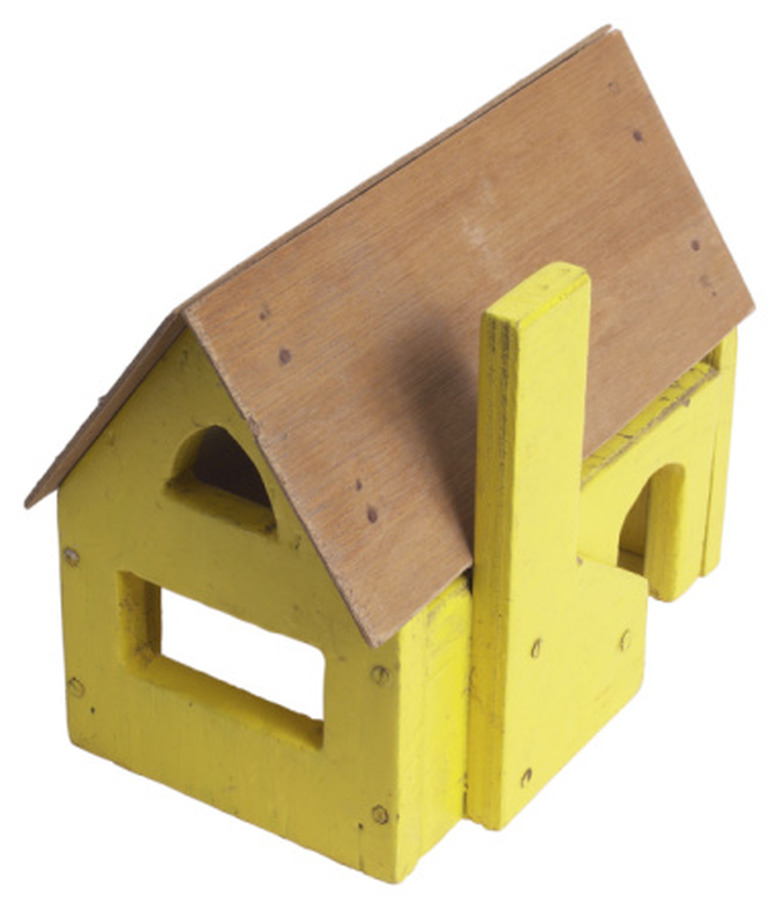The Functions Of A Roof
A roof is an essential covering that is placed on houses and buildings and even such items as automobiles. For homes and buildings especially, a roof performs multiple functions, all of which are tied into providing protection. Different elements and parts of the roof provide protection to the structure's interior and exterior.
Human Protection
Human Protection
The basic purpose of any roof is to provide protection to persons inside a structure from the elements. This purpose is necessary in every part of the world as the roof provides shelter against something as basic as bright sunshine; add to that other changes in weather, such as rain, snow, sleet, hail and high winds. Without a roof, inhabitants inside a structure would be directly subjected to all these weather changes and would, consequently, also suffer the physical ailments that result from this exposure.
Protection of Possessions
Protection of Possessions
Without a roof, not only would human inhabitants become vulnerable to the changing weather, so would everything else inside a structure. Possessions such as furniture, appliances, carpets, artwork and clothing would be ruined quickly when rainwater or snow invade the structure. Also, the basic interior of the structure would be damaged by the weather, from the flooring, to doors and walls.
Water Protection
Water Protection
The exterior of a structure is also served by the presence of certain elements of a roof. Roof flashing is designed to protect exterior walls from water damage. Flashing is basically a piece of sheet metal that prevents rainwater from penetrating joints and causing damage. You can spot flashing by looking at the area around vent pipes that stick up through the roof or around chimneys. If the roof has vertical walls, flashing also provides protection in the intersections between the roof and the walls. Also, the gutters and downspouts on the edge of the roof provide a means to carry away the water that drains off the roof and divert it from the exterior walls and base of the structure.
Consequences
Consequences
As the first line of defense for a structure, acting like a huge umbrella in receiving and deflecting all the potentially harmful weather that a structure would otherwise receive, a roof itself normally sustains damage. High winds can damage or remove the roof's shingles. Continued exposure to rainwater can damage the valleys on the roof. Holes and roof leaks are always a major concern. Because of this, a roof should be checked at least twice annually and after major windstorms to spot any damage early.
References
- "Encyclopedia of Home Maintenance & Repair"; William P. Spence; 2000
- Roof Help: Preventative Maintenance
